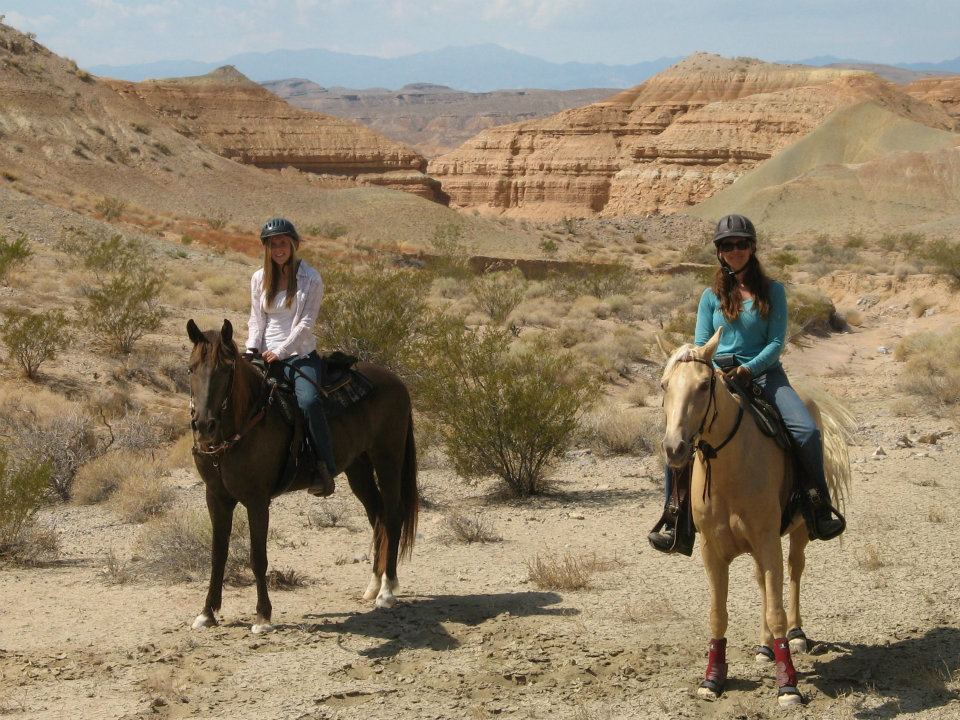


Pre-requisites for leasing: feeling comfortable and confident in catching, leading, grooming, and tacking your lease horse. ¼ lease: you get 2 days a week (less common) ½ leases: you get 3 days a week and it generally is split between another rider Leases are great because you are riding the same horse each time, multiple times a week.įull leases: you get 6 days a week riding on the horse (1 day a week off for the horse) Most leases are 6 months to a year, but at some facilities you can do it month to month. The lease agreement designates what days and times you are allowed to ride the horse and for what period of time. Leasing is more formal and is an agreement between the horse owner (leasee) and the person wanting to lease (leasor). You tell your instructor you want an extra ride without a lesson to practice. So what’s the difference?Ĭatch riding is an informal practice time. Not all barns offer catch riding but a lot of barns do offer leasing.

This can be done in two ways: Catch riding and leasing. If this is happening often it could mean you need to find a different instructor.Īt the end of 3 months I suggest if you are going to transition to twice a week or more lessons to do it around this time, but many people are happy taking once a week lessons and if this is you that is great! Horse’s and horse ownership is definitely a lifestyle and requires a lot of time, effort, and money.Īt around 6 months you should be hitting some major milestones with your riding (at the D-1 and D-2 levels) and I would suggest finding ways to practice without the watchful eye of an instructor.
#MY FIRST HORSE HOW TO#
If you feel like you are stuck on something and are getting bored be sure to ask your instructor why they are teaching what they are, they could have a great reason for it and if they don’t it will get them thinking about how to make the lessons better. Your instructor might have a different path (and that is great as there is no one way to do it) but it should look similar. (Click here for the whole D level flow chart). There are more ratings beyond D-3 but for the purposes of this article these will be the ones we focus on. D-1 being the basics before moving onto D-2, and mastering D-2 skills before moving to D-3 skills. If you are taking once a week lessons that is only going to be 12 lessons at this point.ĭuring these first 3 months you will be learning a lot, I follow the Pony Club rating system as a guideline (pictured below). The first 3 months are going to be spent learning and retaining basics of good position in the saddle and also learning how to take care of your horse for riding at a basic level (catching, leading, grooming, and tacking). People always ask me what’s the best amount of lessons and I say as much time as you can get on the back of a horse, but initially once a week is great.īeing physically fit can only help you so when you aren’t riding be sure you are upping your fitness level with good core and leg work along with general stamina and cardio fitness. Once you have found a barn that meets all your needs you should schedule one private lesson a week to start. *The timelines discussed here are averages, if anything you will need more time in each stage and that is totally fine!
#MY FIRST HORSE SERIES#
In part two of this series we discuss the riding lesson and how you will progress, a clear plan to meet your goals for consistency, and the next step towards owning your own horse through leasing. Overview from part 1 finding a Good Instructor/Barn:Īre you willing to put in the time, effort, and financial commitment for horseback riding? Is the farm you want to ride at a good fit? Are their safety standards high, instructors good at what they do, and are people having fun? If so, jump right in! Horseback riding is like no other sport and it’s so much fun! Here’s the link to Part 1 if you missed it.


 0 kommentar(er)
0 kommentar(er)
